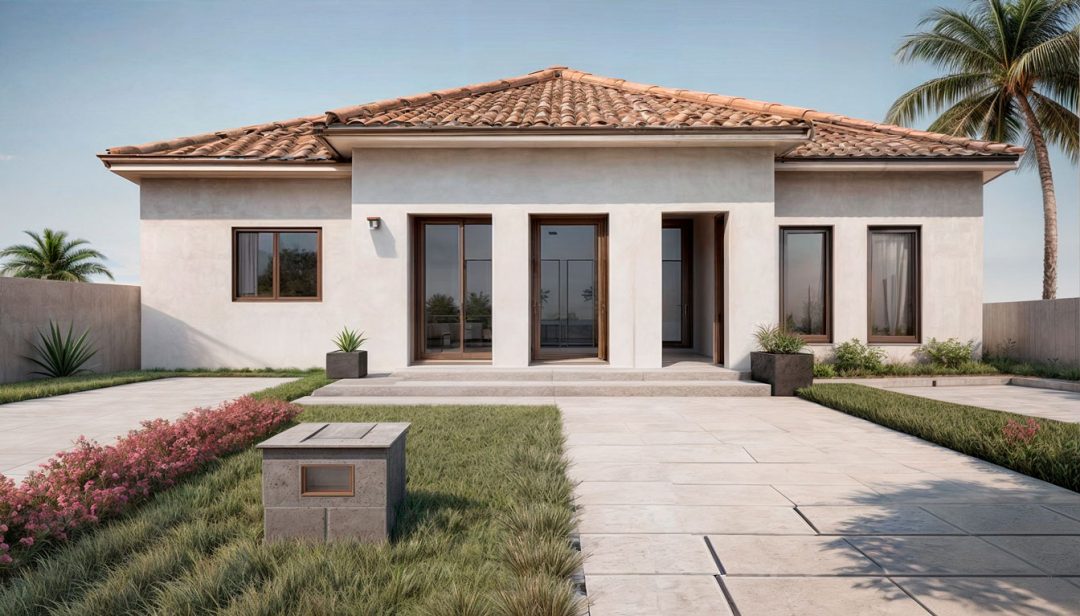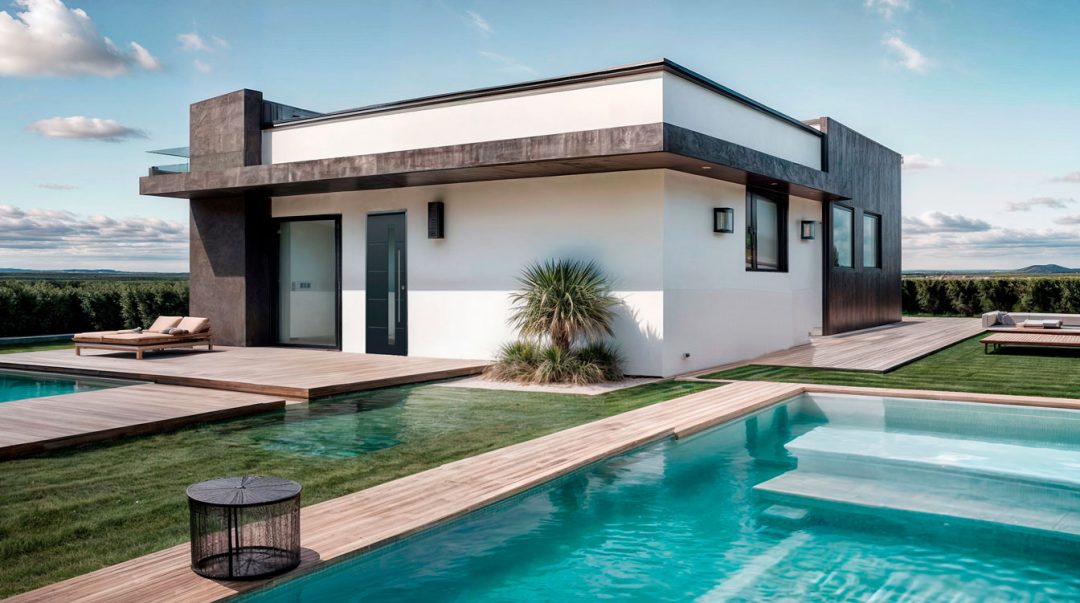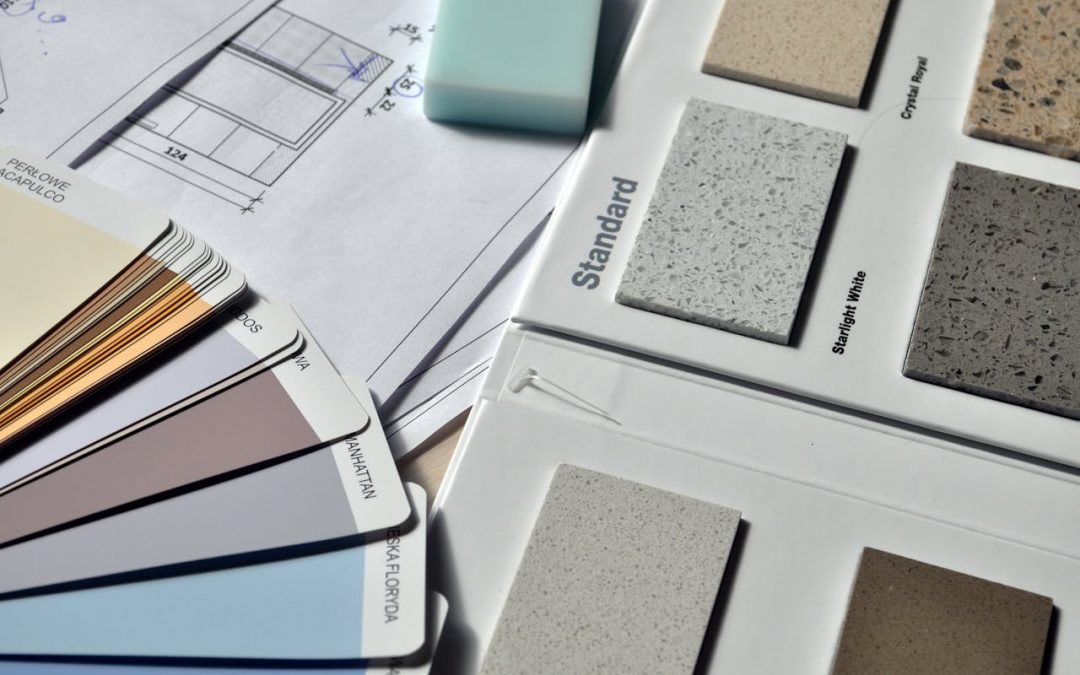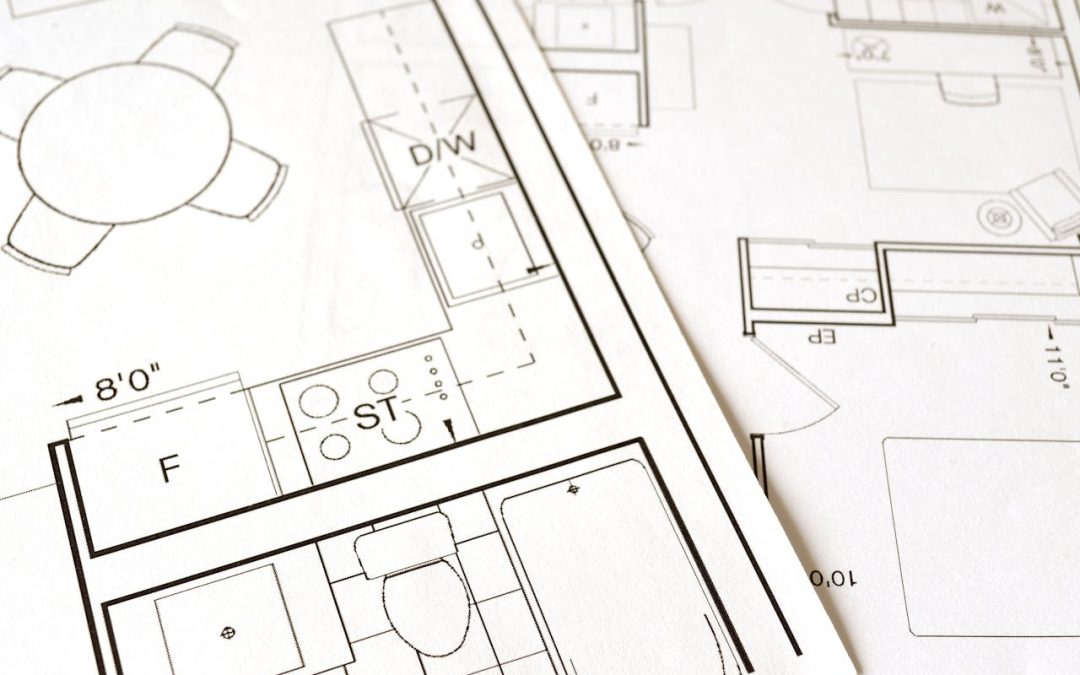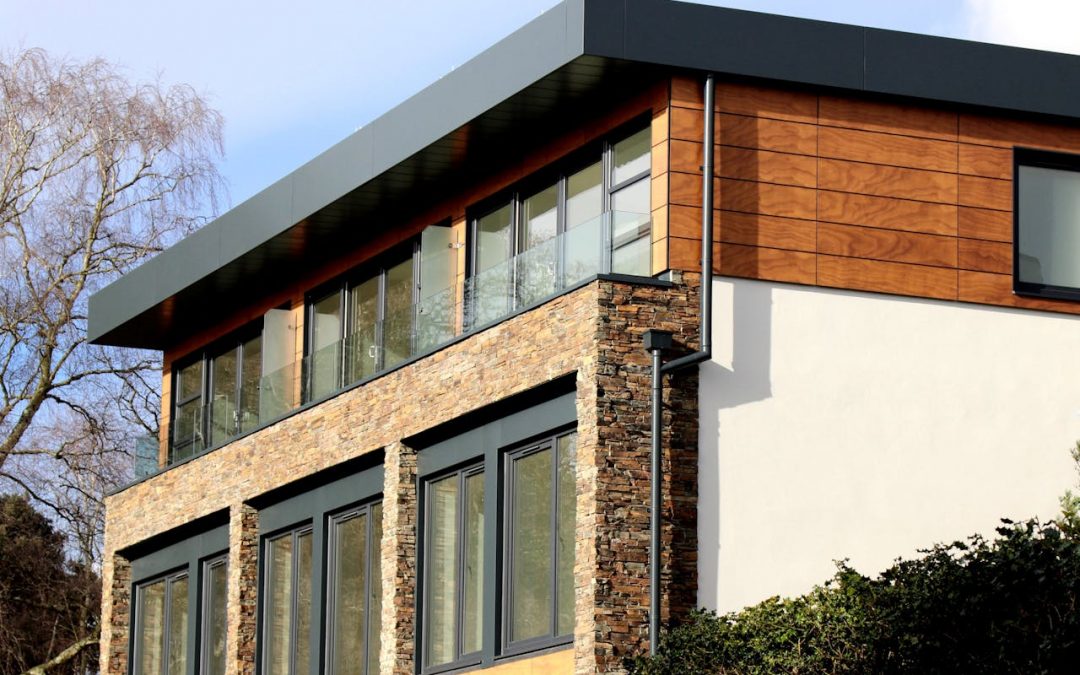Passivhaus, the residential concept that prioritizes well-being INSIDE THE HOUSE.
Passive houses symbolize a commitment to sustainability and comfort-conscious architecture. The Passivhaus movement, originating in central Europe, the region of Hesse (Land Hessen), has experienced notable growth in the last three decades. Driven by the clear benefits in terms of comfort and energy efficiency.
At the beginning of the 90s, in the city of Darmstadt, current headquarters of the European Space Agency, the concept of Passivhaus. Also known as passive houses, was developed. Wolfgang Feist and Bo Adamson, visionary pioneers in the field, began this path of wisdom. By designing highly efficient buildings to reduce energy consumption and provide comfort and quality to the air environment breathed inside each building. Highlighting the importance of finding in the technique of good construction, a methodology.
Passivhaus the residential concept for well-being
Passive homes are not limited to being simple insulated structures, but they represent a commitment to the direct well-being of the people who occupy the house for much of the time of our lives, carrying out activities that are not only limited to rest and family, but, in a large part of the houses, has been extended to the activity of teleworking.
Behind every passive house there is a group of visionaries who share the same aspiration: to build with awareness, minimizing the impact on the environment and creating spaces that flourish as oases of healthy living.
As a construction company we have the objective of materializing in each of our constructions what we know is a positive influence on well-being, beyond four walls. Our specialization in providing all the advantages aimed at comfort in the homes we build is the core of our specialization and what we offer.
Conclusion
Passive houses are designed to be airtight, well-insulated, and oriented to maximize natural light and heat gain. They are equipped with a mechanical ventilation system that ensures a constant supply of fresh air while recovering heat from the outgoing air. This results in a controlled indoor climate with a consistent temperature and high indoor air quality, providing a comfortable and healthy living environment.
In addition to the health benefits, passive houses also offer significant energy savings, with energy consumption reduced by up to 90% compared to conventional homes. This not only reduces the carbon footprint of the building but also saves homeowners money on energy bills in the long run.
The Passivhaus concept is not just about building energy-efficient homes, but about creating spaces that prioritize the well-being and comfort of the occupants. By focusing on factors such as indoor air quality, thermal comfort, and natural light, passive houses provide a healthy and sustainable living environment that promotes overall well-being.



